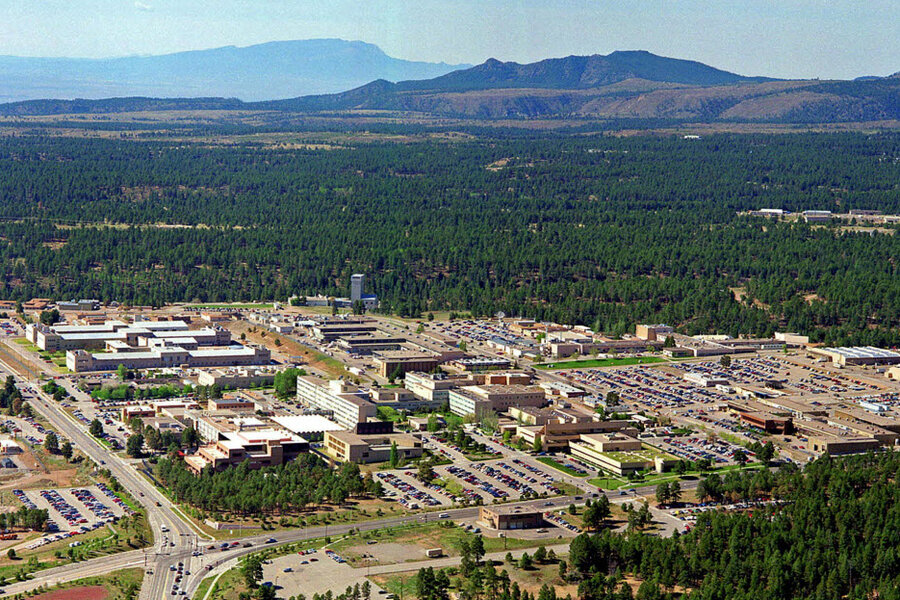Head of nuclear security agency steps down
Loading...
| Albuquerque, New Mexico
The man who has led the US nuclear security agency since 2007 is stepping down next month after presiding over a 20 percent increase in the agency's budget but also some management missteps that have raised questions about the agency's ability to carry out its mission.
Tom D'Agostino announced Friday he is leaving the National Nuclear Security Administration, which funds and oversees work at the Sandia and Los Alamos national labs in New Mexico. The research centers employ about 20,000 people in the state. He was appointed to the post by President George W. Bush.
Mr. D'Agostino issued a statement saying he wants to spend more time with family and says periodic leadership changes make organizations healthier, the Albuquerque Journal reported.
His announcement came the same day the agency ordered security stepped-up at the Los Alamos National Laboratory.
Lab spokesman Kevin Roark declined to say why security was increased or if it had anything to do with a new but inoperable $213 million security system around the lab's most sensitive nuclear facilities. The system was supposed to be up and running this summer, but officials now say it will take an additional $41 million and another six months to fix.
Mr. Roark said lab officials never discuss the reasons behind security alerts, but he noted Friday's order was exclusive to Los Alamos.
In addition to the national labs, the National Nuclear Security Administration oversees the nation's nuclear weapons stockpile, works on nuclear proliferation issues, oversees nuclear reactors on naval ships, and plans for nuclear emergencies. Sites it runs also include the Y-12 National Security Complex in Oak Ridge, Tenn., where a security breach earlier this year by three antinuclear protesters and a scandal involving private guards getting copies of security skills test questions led to questions about the NNSA's oversight of private contractors.
Last month, five security workers at Los Alamos were fired for taking unauthorized visitors to a shooting range on the lab's campus.
D'Agostino came to the NNSA after a career in the Navy, serving aboard the USS Skipjack, a nuclear-powered attack submarine. He was deputy director of the NNSA, overseeing much of its nuclear weapons work, beginning in 2006, and took over the agency's top job in August 2007. In September 2009, the Obama administration asked D'Agostino to stay in the post, making him one of a handful of top government officials to keep their politically appointed jobs after the last change in administrations.
"This was a difficult decision for me as I am committed to serving our country, committed to the missions of the NNSA, the Environmental Management Organization, the Office of Legacy Management, and I am committed to you in carrying out this mission," D'Agostino said in the statement. "However, I have an equally important commitment to my wife and family, and I am a strong believer that organizations are healthier when leadership changes on a periodic basis."
Energy Secretary Steven Chu issued a statement praising his service.
"From the reactor room on the USS Skipjack to the Roosevelt Room at the White House, Tom D'Agostino has proven himself to be a talented leader, a trusted adviser and a true confidant," Chu said.
D'Agostino will step down Jan. 18, and Neile Miller, his top deputy, will assume acting NNSA director's responsibility.





